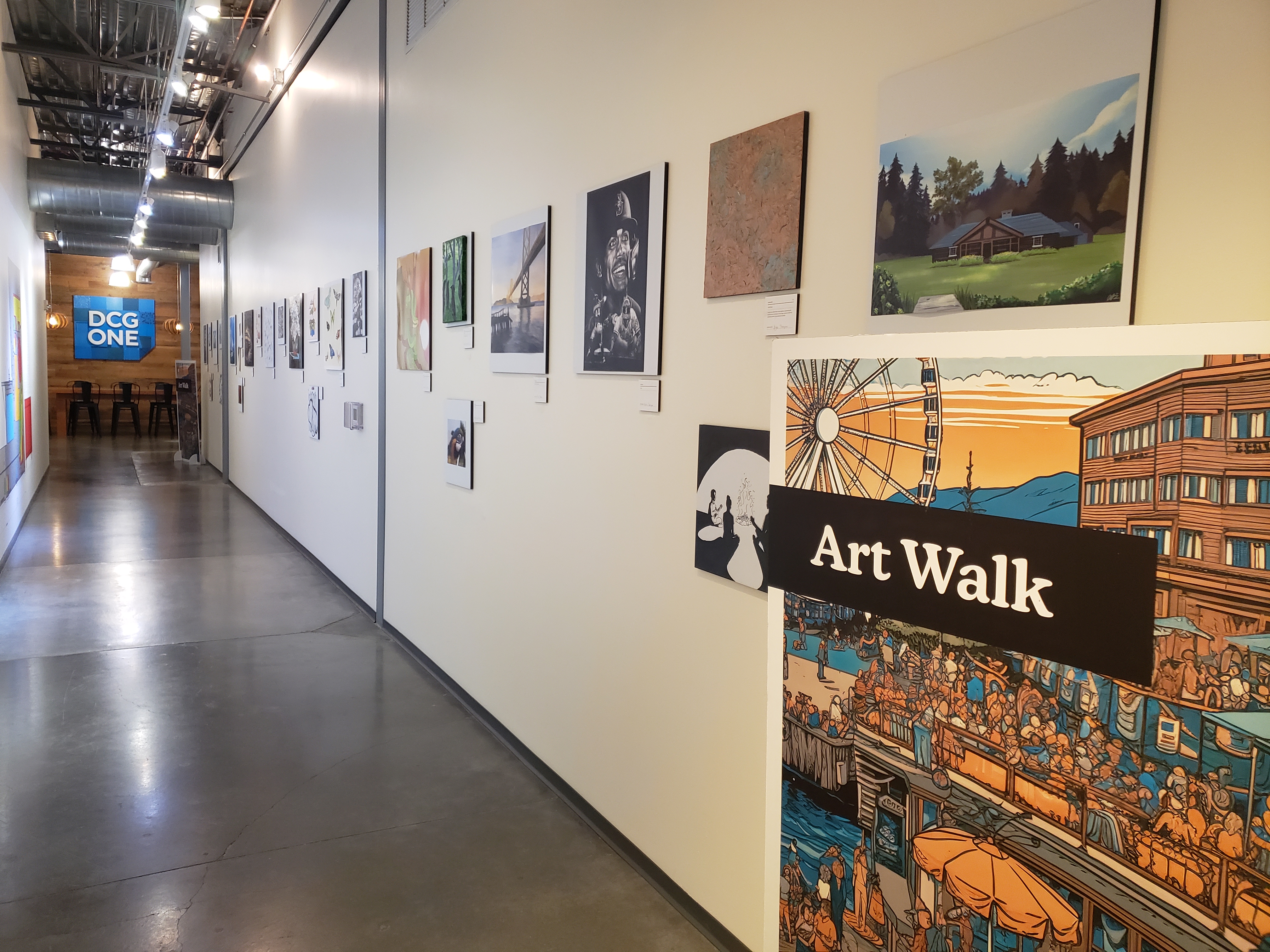PART 2 Whole Idea Doers: How to Nurture Both Left-and Right-Brain Thinking
In my first installment, Left Brain vs. Right Brain: New Research Debunks, I talked about how in order to succeed in a school or company environment, people have been encouraged to find their left-brain analytical pathways and the right brain is more for creative off hours, not work hours. And that right brain is about having a specific artistic skill.
So what holds us back from bringing more of our creative side to work? I’ve studied this for more than a decade (including as the focus of my Master’s thesis) and am happy to share what I’ve learned:
- People won’t be creative at work if it isn’t emotionally safe to be wrong. And most workplaces promote people who are knowers and experts, not those with crazy, half-baked ideas. The result? Innovation is stifled.
- People are more inclined to be creative (in any form – written, verbal, problem-solving) if they have an “appreciative other” in their workplace. Who is the appreciative other most of the time? Your manager. Perhaps a co-worker or collaborator in your work. Either way, we need someone to appreciate our efforts, if not our results. The act of being creative has to be seen, heard, and appreciated. Without an appreciative other? Innovation is stifled.
- Creativity is not art. Art might be creative, but too many people equate creativity with having a specific type of talent and an inclination to exercise that talent. But I’m here to tell you that creativity can be found in accounting, in a warehouse or in a cubicle, and anywhere else that work is done. Creativity can simply mean asking, “how could this be better?” and allowing yourself to imagine the possibilities. Innovation lives within all of us.
- Companies generally don’t allow a lot of time and space for creativity. Our meetings have tight agendas, our productivity is measured, “busy” is a status symbol. Activities that appear too fun or frivolous or that don’t lead to a specific result are often seen as wasteful or unnecessary. But some of our most creative thinking may come from collaborating with others on seemingly unrelated tasks, allowing ourselves to think outside the boundaries of the problem to solutions previously considered too difficult or too expensive.
Good news: no matter how old you are, there’s still time to develop the other side of your brain! Here are my top tips:
- Volunteer to work on something you wouldn’t normally be assigned to.
- Challenge yourself to change your “lens” – if you tend to be very analytical in your problem solving, try getting together with someone else to brainstorm 100 possibilities. Just the act of collaborating will exercise your right brain.
- If you tend to be right-brained, stretch your analytical brain muscles. Seek out the data that supports your gut feeling. Do the research to get grounded in the scientific facts associated with a problem you’re working on.
- Talk to more people who are unlike you. Listen to people who challenge your preconceived notions.
- Develop creative questioning skills. Get good at getting other people to share what they know and how they think. Questions that start with “how might we” and “what if” are good starters.
Here at DCG ONE, we encourage the merge of the problem-solving and creative parts of the brain in lots of what we do: things like mini-kaizens to rethink or reapproach a troublesome ongoing issue or pain point, encouraging everyone in the organization to be a part of our artistic endeavors and events, and we are currently developing robust career-pathing that will outline learning and growth pathways in our organization. Yes, we are a strategic marketing services and solutions company. But look deeper, and we are something magical: We’re solutioneers. We’re alchemists. We’re left-brain, right-brain, whole-idea doers who finesse the smallest detail with the big picture in mind.
Pretty exciting, right?




